stanforduniversity
Latest
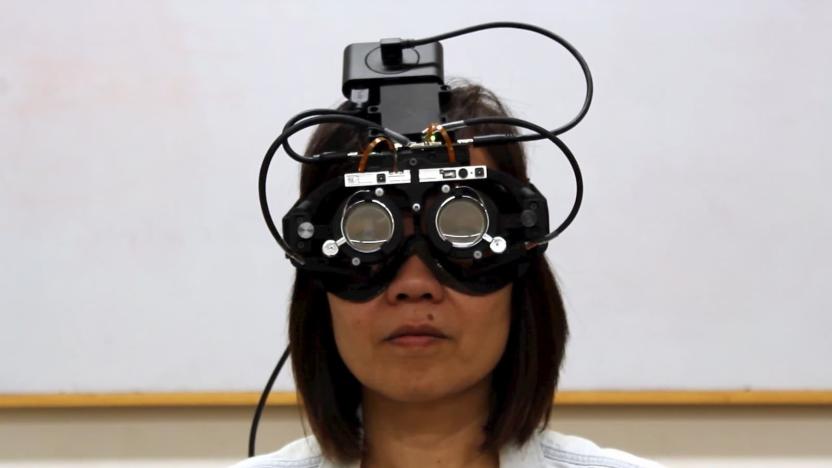
Researchers create eye-tracking glasses that auto-focus where you look
Researchers at Stanford University have created glasses that track your eyes and automatically focus on whatever you're looking at. The so-called autofocals, detailed in a paper published in the journal Science Advances, could prove a better solution than transition lenses or progressive lenses.

Stanford institute aims to improve humanity through AI
Stanford is joining the rush to create AI research hubs, albeit with a slight twist. The university is opening the Institute for Human-Centered Artificial Intelligence (HAI for short) with the goal of drawing input from across the university and across disciplines -- it wants input from the humanities, business, engineering and other fields in equal measure. It wants to be sure that AI provides a "better future for all of humanity" and addresses the "challenges and disruptions" they'll create for society, such as the effect of automation on the job market.

Stanford study finds Apple Watch can detect irregular heart rhythms
Stanford has released the results of its Apple Watch-based heart study more than a year after it began, and it appears to have been a success, with a few caveats. Only 0.5 percent of the more than 400,000 volunteers received warnings of irregular heart rhythms, but physicians later verified that 84 percent of those notifications were atrial fibrillation episodes and thus potential signs of trouble. To put it another way, the technology both avoided a glut of false positives (a major concern going into the study) and was reliable enough that it was worth a follow-up with doctors.
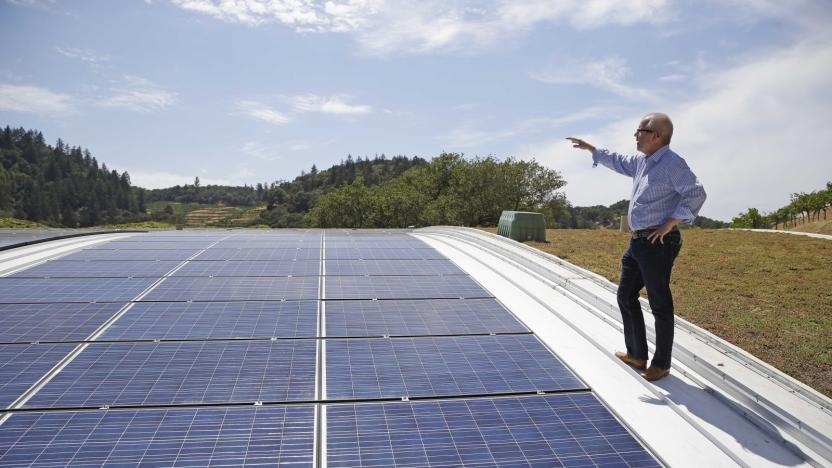
Stanford AI found nearly every solar panel in the US
It would be impractical to count the number of solar panels in the US by hand, and that makes it difficult to gauge just how far the technology has really spread. Stanford researchers have a solution: make AI do the heavy lifting. They've crafted a deep learning system, DeepSolar, that mapped every visible solar panel in the US -- about 1.47 million of them, if you're wondering. The neural network-based approach turns satellite imagery into tiles, classifies every pixel within those tiles, and combines those pixels to determine if there are solar panels in a given area, whether they're large solar farms or individual rooftop installations.

These tiny drones can lift 40 times their own weight
If you ask these tiny drones, "Do you even lift, bro?" you will get a resounding yes. Researchers at Ecole Polytechnique Fédérale de Lausanne (EPFL) in Switzerland and Stanford University have developed a line of small flying bots that can move objects that are 40 times their weight.

New laser technology could improve how scientists study molecules
We use lasers for a lot of things, from cutting metal to improving eyesight, but lasers have their limitations. One major holdup is that they can only emit certain types of light. Researchers have gotten around this particular limitation by using what are known as optical parametric oscillators, which allow regular laser light to be converted into other wavelengths of light that may be useful for certain areas of research. One example is studying how molecules behave. However, these gadgets have their limitations too. They typically have weak outputs and they require extreme stability and precision, making them hard to use outside of highly controlled lab environments. But researchers at Stanford may have found a way around this issue and their work could make these systems more efficient and easier to use.
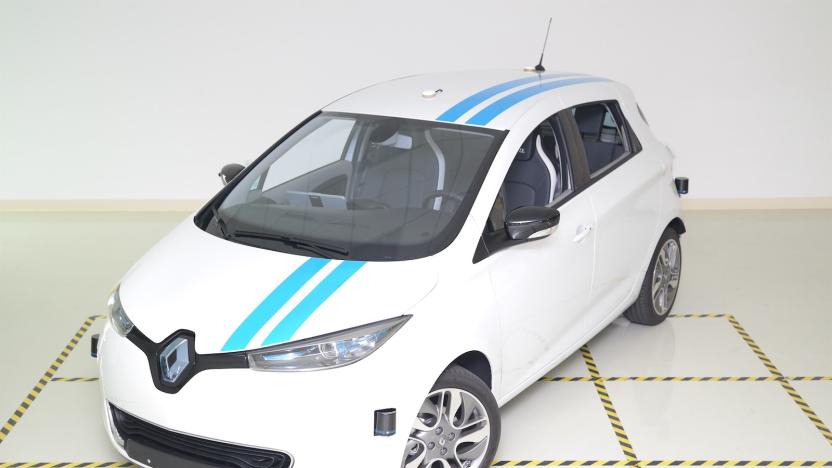
Renault's self-driving car can avoid obstacles like pro drivers
The Renault Group announced today that its autonomous vehicle control system can avoid obstacles just as well as professional test drivers. The company said that in designing the system, it was actually inspired by these drivers' abilities and used them as a sort of benchmark as to what level its technology should be performing.

3D gel stacks can grow enough stem cells to treat brain disease
Programmed stem cells promise to tackle all kinds of illnesses, but there's one catch: making them. It's hard to cultivate large numbers of them, and the need to grow them on 2D surfaces isn't very practical. That's where researchers might come to the rescue: they've developed a method of growing neural stem cells in large volumes, but without chewing up too much valuable real estate. The trick is to use polymer-based gels that allow these juvenile cells to grow in 3D stacks.

Fiber optic lines can double as earthquake detectors
You might not need an extensive sensor network or a host of volunteers to detect earthquakes in the future -- in fact, the lines supplying your internet access might do the trick. Researchers have developed technology that detects seismic activity through jiggling in fiber optic lines. Laser interrogators watch for disturbances in the fiber and send information about the magnitude and direction of tremors. The system can not only detect different types of seismic waves (and thus determine the seriousness of the threat), but spot very minor or localized quakes that might otherwise go unnoticed.

Astronomers use AI to reduce analysis time from months to seconds
Gravitational lensing is when the image of a distant object in space -- like a galaxy, for example -- is distorted and multiplied by the gravity of a massive object, such as a galaxy cluster, lying in front of the smaller, faraway object. It's a useful phenomenon that has helped scientists discover exoplanets, understand galaxy evolution, spot a super bright galaxy, detect black holes and prove Einstein right. But analyzing images affected by gravitational lensing takes a really long time, requiring researchers to compare real images with simulated ones. Just one lensing effect can take weeks or months to analyze.

Stanford built a '4D' camera for cars, robots and VR
A team of Stanford scientists have created what could be the perfect "eye" for autonomous vehicles and delivery drones thus far. It's a 4D camera that can capture nearly 140 degrees of information, allowing it to gather more information than conventional cameras in a single image. The researchers call their design the "first-ever single-lens, wide field of view, light field camera." It relies on light field photography for the additional info to make its results four dimensional. That means it can observe and record the direction and distance of the light hitting the lens and bundle it with the resulting 2D image.
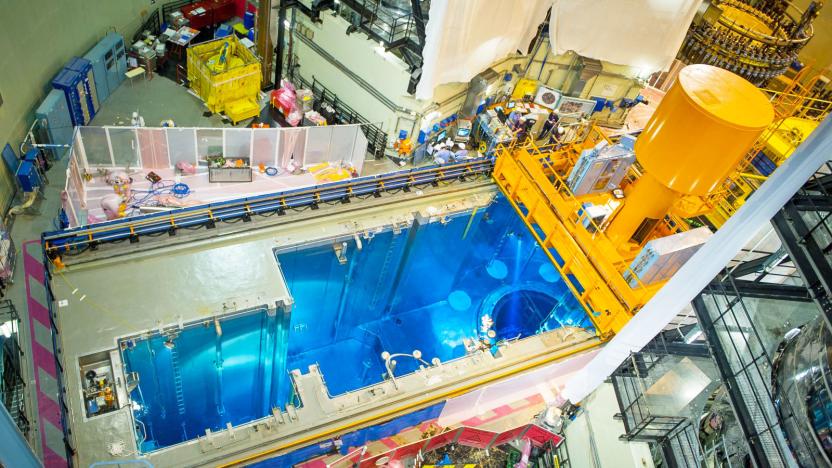
Endless nuclear power can be found in the seas
Climate change is such an urgent issue that despite problems with radioactive waste, nuclear power is once again viable until renewable solutions like solar and wind are more widely adopted. The ocean is a good source of uranium fuel, but it exists in such small quantities that extracting it hasn't been economically feasible. However, Stanford researchers have developed a new technique that can capture up to three times more, meaning we might soon get a new source of uranium that could help keep CO2 in check.

Scientists are making VR displays that match your eyesight
One of the reasons why VR games and experiences cause headache and nausea is because headsets' displays can't optimize images for your eyes. A team of Stanford scientists seek to change that by developing VR displays that can adjust how images are shown based on your age and any other existing condition. For example, a lot of older people have a harder time focusing on objects close to them than younger people do. "Every person needs a different optical mode to get the best possible experience in VR," lead researcher Gordon Wetzstein explained.

Paper centrifuge can help detect diseases in developing nations
A piece of paper, some twine and plastic could make testing for certain diseases more accessible even in the poorest areas of developing nations. Manu Prakash, an assistant professor of bioengineering at Stanford University, used those materials to create a simple centrifuge alternative that he calls the "paperfuge." Centrifuges are rapidly rotating machines in the lab that scientists use to separate the different components of a liquid by density. If you want to test for diseases like African sleeping sickness, malaria, tuberculosis or even HIV, that liquid is blood. Heavy red blood cells settle at the bottom, plasma floats to the top, while parasites and pathogens occupy the middle part. The machine is effective, but it's also expensive and needs electricity to work.
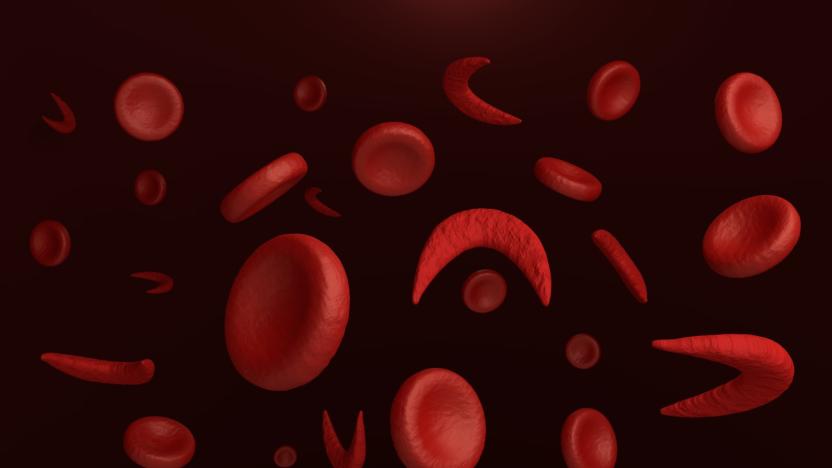
Stanford develops CRISPR-based therapy for sickle cell disease
A team of Stanford scientists are making great progress in their search for a cure for sickle cell disease, and they want to start human trials as soon as 2018. They used CRISPR to fix the mutated gene that causes the illness in human stem cells taken from actual patients. The CRISPR technique gave them a way to carve out the faulty part of the gene and replace it with the normal DNA sequence that was supposed to be there in the first place. That prevents previously affected red blood cells from transforming into tiny sickles that have the tendency to clog blood vessels and cause organ damage.

Stanford simulator predicts brain swelling to guide surgeons
Surgeons have been cutting out parts of the skulls of patients suffering from brain trauma for a very long time. But a new simulation tool developed by a team of researchers for Stanford U and the University of Oxford will help make the procedure a lot safer. Decompressive craniectomy, as the method is called, gives the swelling brain space to expand in order to save a person's life after a head injury. However, it could also lead to complications. See, when the brain bulges out of a hole, its axons (or the fragile threadlike parts of its nerve cells) have the tendency to stretch and break. This tool can minimize potential complications by telling surgeons the optimal place to cut and how large the hole should be, depending on the type of injury.
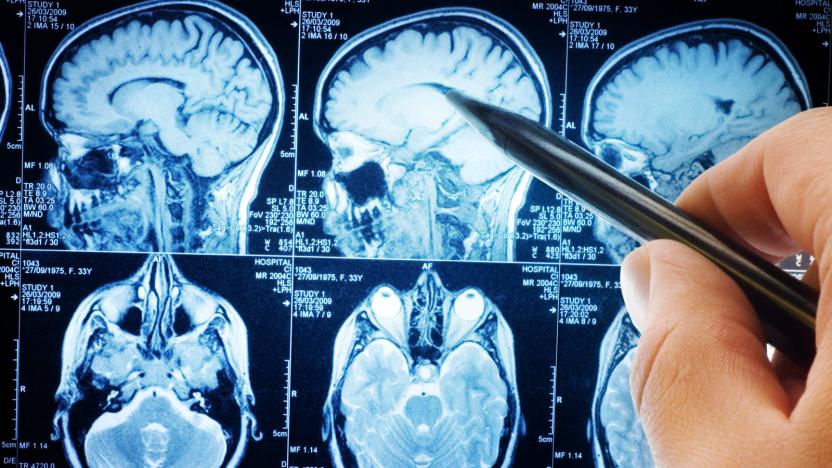
Fluctuating brain networks help you handle complex tasks
Researchers already know that the human brain isn't static, but it's now clear just how dynamic the mind can be. A Stanford University team has discovered that the networking between brain regions will fluctuate depending on the complexity of tasks. If you're at rest, your brain's components are relatively isolated. Handle a complicated activity, however, and the level of networking ramps up. The more interconnected your brain is, the better your performance -- in a memory test, those with the most integrated brains were the quickest and most accurate.

Six technologies that produce clean, safe drinking water
By Cat DiStasio One in 10 people worldwide lack regular access to safe drinking water. In an effort to tackle this most basic humanitarian problem, engineers around the globe have developed a wide array of devices, large and small, that generate clean water. Each year, a slew of innovations aim to make the process easier, cheaper and more portable, as well as produce a yield high enough to make a real impact for some of the 663 million people who suffer from water shortages. Solutions range from using condensation methods to pull water from thin air, turning salty seawater into fresh water, or distributing UV light purification chips affordable enough for people to use at home. Only a few of these technologies are working outside the lab, but the ones that do have so far generated billions of gallons of clean water.
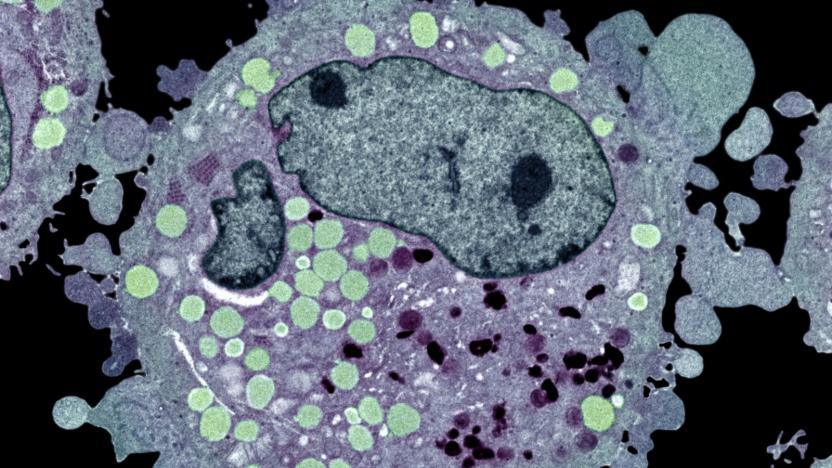
23andMe helps identify genetic links to common skin cancer
The team at 23andMe is clearly going out of its way to show that huge amounts of volunteered genetic data can boost medical research. Scientists at both 23andMe and Stanford used data from consenting customers to conduct the largest ever genetic study of basal cell carcinoma, the most typical form of skin cancer, and made numerous discoveries. They found 14 previously unidentified genetic associations with the cancer, some of which might pinpoint when you're at increased risk. Some gene regions linked to basal cell carcinoma have a larger effect on the young, hinting that environmental factors might play a greater role in getting the cancer as you age. Also, a gene marker's interactions suggest that your risk goes up when you have black or brown hair, and gene areas that maintain telomeres (chromosome ends) played their own part.

Weed spit test can detect if you're driving high in 3 minutes
A new speedy spit test could be the breathalyzer's counterpart when it comes to roadside testing for marijuana. The technology, developed by Shan Xiang Wang from Stanford University, can detect the presence of THC (the main chemical in weed that makes you high) in saliva within three minutes. Cops don't even need to bring samples to the lab -- the sensor that can detect THC is portable and delivers results to phones via Bluetooth.






